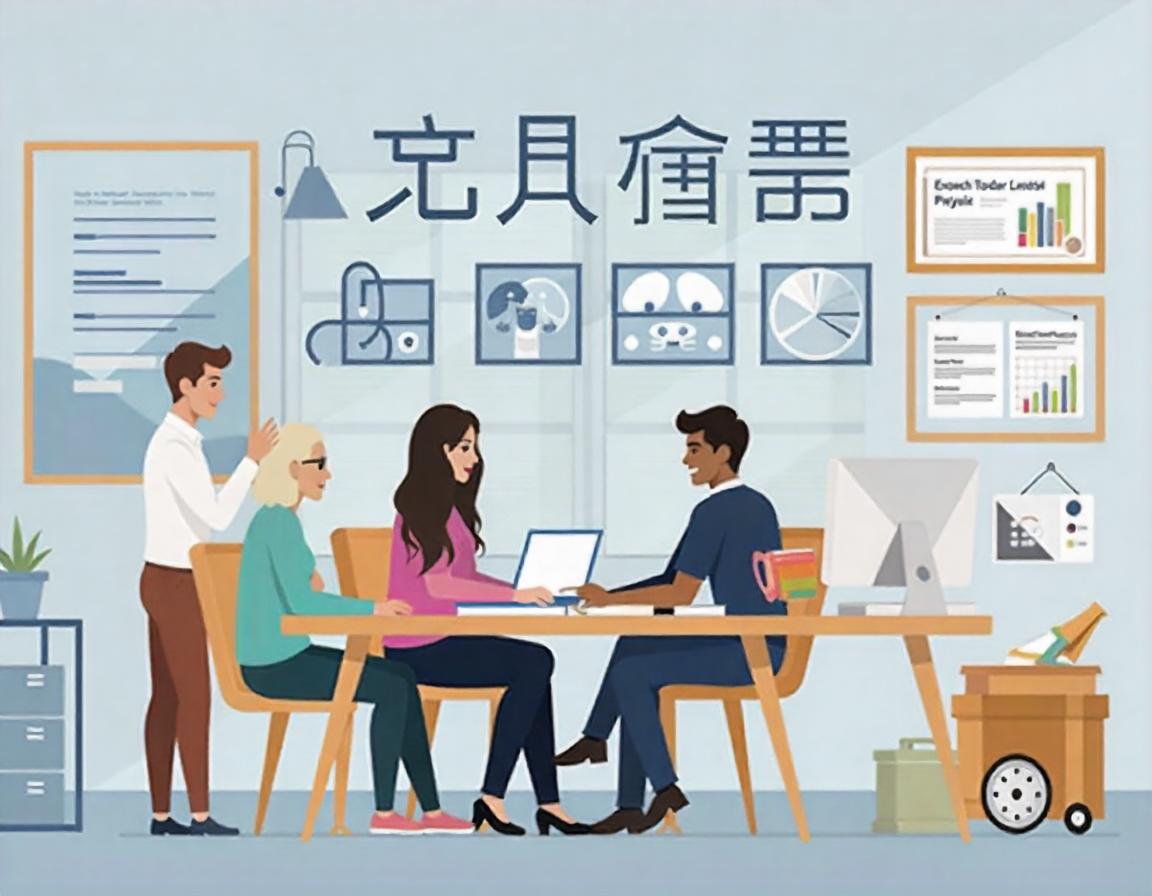The Role of Technology in Modern Medical Education

The medical field is evolving rapidly, and so is the way future doctors and healthcare professionals are being trained. With advancements in technology, modern medical education has undergone a revolutionary transformation, making learning more accessible, efficient, and interactive. In this blog, we’ll explore the role of technology in reshaping medical education, its benefits, and its future potential.
1. Virtual Reality (VR) and Augmented Reality (AR)
- Revolutionizing Anatomy and Surgery Training:
VR and AR provide immersive experiences, allowing medical students to explore human anatomy in 3D and practice surgical procedures in a risk-free environment. - Examples:
- VR platforms like Anatomy VR offer detailed views of the human body.
- AR-enhanced surgery simulators enable hands-on practice without actual patients.
2. Online Learning Platforms and Resources
- Access Anytime, Anywhere:
With platforms like Coursera, Lecturio, and Khan Academy, medical students can access high-quality lectures and tutorials from top universities around the globe. - Benefits:
- Cost-effective compared to traditional classroom learning.
- Self-paced study allows students to manage their time better.
3. Artificial Intelligence (AI) in Education
- Personalized Learning:
AI-powered tools analyze a student’s strengths and weaknesses, providing tailored learning plans. - Clinical Decision Support:
AI helps students understand diagnostic processes by simulating real-world patient scenarios. - Example: IBM’s Watson offers medical case studies for student practice.
4. Simulation-Based Learning
- High-Fidelity Simulators:
Modern medical education uses simulators that replicate real-life medical scenarios, such as childbirth or cardiac arrest. - Benefits:
- Builds confidence in handling emergencies.
- Reduces errors during actual patient interactions.
5. E-Books and Digital Libraries
- Digital Access to Knowledge:
Students now rely on e-books and digital platforms for medical literature, journals, and research papers. - Popular Platforms:
- PubMed and Medline for research articles.
- AccessMedicine for textbooks and case studies.
6. Wearable Technology in Education
- Understanding Patient Data:
Devices like ECG monitors, smartwatches, and glucose sensors allow students to analyze real-time patient data and learn about chronic disease management. - Hands-On Experience:
Wearables simulate patient conditions, helping students practice diagnosis and monitoring.
7. Gamification of Medical Learning
- Learning Through Games:
Interactive medical games and apps make learning engaging and competitive, improving retention of complex concepts. - Examples:
- Prognosis app helps students test diagnostic skills.
- Body Interact offers virtual patient scenarios for clinical practice.
8. Telemedicine Training
- Future-Ready Skills:
With the rise of telemedicine, students are now trained to consult with patients remotely, using tools for video consultations and online diagnosis. - Enhanced Communication:
These skills ensure students are prepared to work in digital healthcare ecosystems.
9. Blockchain in Medical Education
- Credential Verification:
Blockchain ensures secure storage and verification of medical degrees and certifications, making it easier for professionals to showcase their qualifications globally. - Patient Data Management:
Students learn how to handle sensitive patient data securely and ethically.
10. Challenges and the Way Forward
- Challenges:
- High cost of advanced technology for underfunded institutions.
- The learning curve for both students and faculty.
- The Way Forward:
- Increased collaboration between tech companies and educational institutions.
- Subsidized technology to make modern tools accessible to all.










